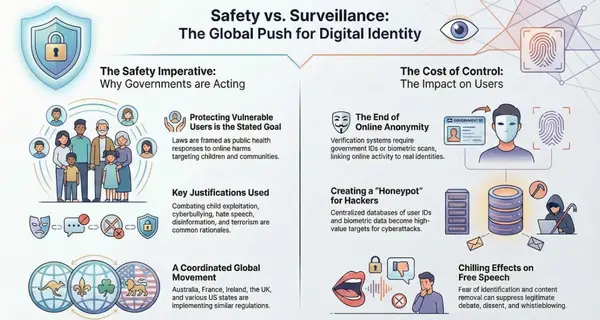The Role of Compliance in Cybersecurity: A Comprehensive Guide

Summary: This piece will discuss the intersection of compliance and cybersecurity, highlighting how compliance can enhance an organization's cybersecurity posture.
Introduction
In the digital age, cybersecurity has become a critical concern for businesses across all sectors. As cyber threats continue to evolve, organizations must implement robust security measures to protect their data and systems. However, cybersecurity is not just about implementing the latest technologies and best practices; it also involves adhering to various compliance standards and regulations. Compliance plays a crucial role in cybersecurity by providing a framework for organizations to manage their cyber risks effectively.
What is Compliance in Cybersecurity?
Compliance in cybersecurity refers to the process of ensuring that an organization's security measures adhere to established rules, regulations, and standards. These rules can be internal (set by the organization itself) or external (imposed by regulatory bodies or laws). Compliance helps organizations maintain a secure environment by providing guidelines on how to protect sensitive data, prevent cyber threats, and respond to security incidents.
The Importance of Compliance in Cybersecurity
Compliance plays a significant role in cybersecurity for several reasons:
- Risk Management: Compliance standards provide a framework for identifying, assessing, and managing cyber risks. They help organizations understand their vulnerabilities and implement appropriate controls to mitigate these risks.
- Data Protection: Many compliance standards focus on protecting sensitive data, such as personal information or financial data. By adhering to these standards, organizations can ensure the confidentiality, integrity, and availability of their data.
- Legal Obligations: Non-compliance with certain regulations can result in legal penalties, including fines and sanctions. By complying with these regulations, organizations can avoid these consequences and maintain their reputation.
- Trust and Reputation: Compliance demonstrates to stakeholders (including customers, partners, and regulators) that an organization takes cybersecurity seriously. This can enhance trust and improve the organization's reputation.
Examples of Compliance Standards in Cybersecurity
There are numerous compliance standards and regulations in cybersecurity, each with its own focus and requirements. Here are a few examples:
- General Data Protection Regulation (GDPR): This European Union regulation focuses on data privacy and gives individuals control over their personal data. Organizations that process the personal data of EU residents must comply with GDPR, regardless of where they are located.
- Payment Card Industry Data Security Standard (PCI DSS): This standard applies to organizations that handle credit card transactions. It provides guidelines on securing cardholder data to prevent credit card fraud.
- Health Insurance Portability and Accountability Act (HIPAA): This U.S. law protects the privacy and security of health information. It applies to healthcare providers, health plans, and other entities that handle protected health information.
- Sarbanes-Oxley Act (SOX): This U.S. law aims to protect investors by improving the accuracy and reliability of corporate disclosures. It includes requirements for maintaining the integrity and availability of financial data.

Conclusion
Compliance is a critical aspect of cybersecurity. By adhering to compliance standards, organizations can manage their cyber risks, protect sensitive data, meet their legal obligations, and build trust with stakeholders. However, compliance is not a one-time task but an ongoing process that requires regular reviews and updates to keep up with evolving cyber threats and regulatory changes. Therefore, organizations should invest in compliance management tools and services to streamline their compliance efforts and stay ahead of the curve in cybersecurity.






